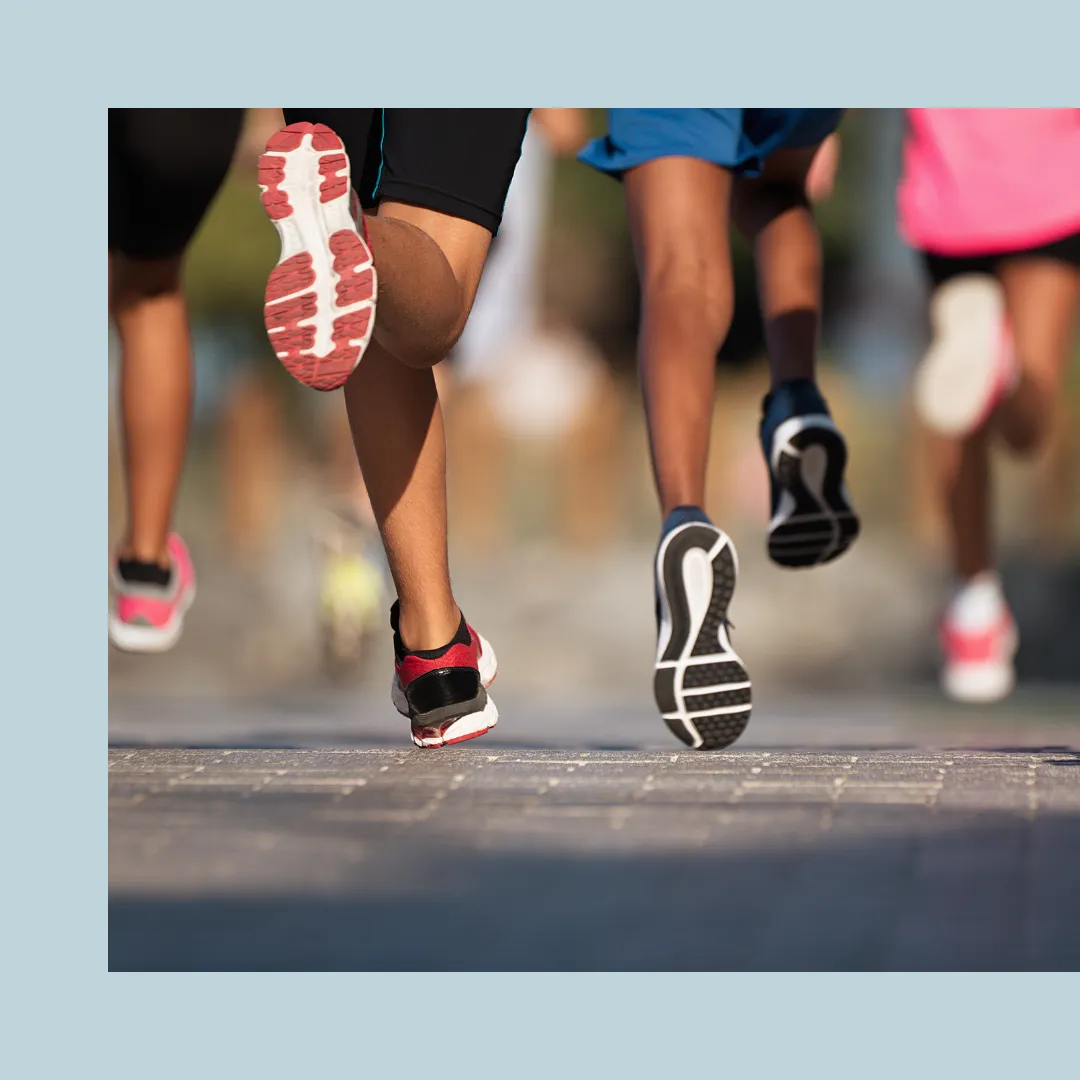Heel Pain | Recovery and Rehab following PRP Injection Therapy
Living with chronic heel pain can be incredibly debilitating, affecting every aspect of a person's life, from work to leisure activities.
Traditional pain treatment management, such as rest, ice, compression, elevation, and physiotherapy, are sometimes insufficient in treating plantar fasciitis and other heel pain conditions.
In such instances, the Foot-Doctor 12-week Programme with PRP Injection Therapy can alleviate symptoms.
This 12-week journey of recovery and rehabilitation is tailored to patients who have tried other conservative therapies that did not resolve their heel pain.
Each injection is scheduled two to four weeks apart, and a rigorous post-treatment protocol is tailored to ensure the patient recovers and resumes daily activities with minimal interruptions.
This article delves into what patients should expect during the recovery process, including prescribed physiotherapy regimens.
We also provide insights into when to resume activities such as swimming, driving, jogging, and contact sports like football, rugby, and hockey.

Week 0-2:
Immediately after the PRP injection, patients are encouraged to take it easy for the next two days, avoiding high-impact activities and walking long distances.
Patients who cannot avoid standing for extended periods should consider resting their heels on a rolled-up towel.
Ice application is recommended three to four times a day for 15-20 minutes.
On day three following the injection, patients can resume their supervised physiotherapy sessions, which should majorly focus on stretching and mat exercises. During this period, patients should avoid driving long distances and swimming.
Week 3-6:
By now, patients can resume light activities such as swimming and light gym exercise and with minimal foot impact.
Physiotherapy exercises should advance to weight-bearing exercises and strengthening exercises that target the calf muscles.
Patients should also use custom orthotic devices to cushion their heels when walking and undertaking various activities.
Week 6-9:
At this point, patients can begin supplementary exercises like biking, step machine exercises at the gym, and light jogging.
Orthoses should remain a part of the patient's footwear to reduce the chance of heel pain recurrence. Physiotherapy is still essential and should focus now on single-leg balance exercises and resistance band exercises.
Week 9-12:
As the patient nears the end of their 12-week programme, they can now resume contact sports such as football, rugby, and hockey.
While patients are still recommended to continue using orthoses, physiotherapy exercises can incorporate playing these sports cautiously.
The focus should be on strengthening, stretching, and overall improvement of balance and stability.
In Summary
Chronic heel pain can be a major inconvenience, affecting every part of a person's life. The Foot-Doctor 12-week Programme with PRP Injection Therapy is an innovative approach to optimising treating heel pain that is unresponsive to other conservative treatment options.
Recovery and rehabilitation after each injection follow a progressive program that involves progressively more challenging physiotherapy exercises.
By week 12, patients can expect to resume their previous activity level, including light jogging, swimming, and contact sports like football, rugby, and hockey.
Understanding the recovery process sets realistic expectations and enables patients to participate in their healing journey actively.
To learn more about how Foot-Doctor can help, click below to take your assessment.
